Focus on recovery, quickly welcome guests back
Typhoon Yagi has left serious consequences for the tourism industry in Northern Vietnam. Hanoi, Quang Ninh, Hai Phong and the northern provinces were severely affected. Roads were damaged, bridges collapsed, a series of accommodation facilities, tourist attractions, and tourist vehicles were damaged or destroyed.
Quang Ninh, the hardest hit, recorded losses of up to VND23,700 billion. Accommodation facilities from 4-5 stars to motels were affected, especially in Ha Long, Cam Pha, Van Don, and Co To. Many restaurants using steel frames and corrugated iron roofs in Ha Long city collapsed or were severely damaged. Typhoon Yagi also caused major damage to tourist boats at Tuan Chau port and Ha Long Bay, with 27 tourist boats and 4 cargo ships sinking. Many famous tourist attractions such as Quang Ninh Provincial Planning Palace, Quang Ninh Museum, and Sunworld amusement park also suffered serious damage to facilities. Many sea tours had to temporarily suspend operations. Hundreds of international tourists canceled their travel plans due to the storm.
In Lao Cai, flash floods washed away many roads and made it difficult for exploration and trekking activities there. Heavy rains and landslides forced tourism activities in Sa Pa to be temporarily suspended to ensure the safety of visitors. The capital Hanoi was also not spared as many tourist attractions suffered damage to their landscapes due to fallen trees and damaged small items. Rice harvest tours, which are usually bustling at this time, were also postponed or canceled.
The tourism economy, which is the main source of income for many northern localities, has been disrupted. After the storm, the northern tourism industry is facing a difficult "problem" in rebuilding infrastructure and attracting tourists back. The Government has issued Resolution No. 143/NQ-CP, proposing 6 groups of tasks and solutions to overcome the consequences of storm No. 3. In particular, measures to support the tourism industry include studying the application of preferential electricity prices for accommodation establishments, reducing land rents, service taxes, and supporting loan interest rates so that businesses can quickly recover their operations.
At the same time, local authorities have quickly implemented measures to restore infrastructure, ensuring smooth traffic and safety for tourists. Damaged inter-provincial roads and national highways have been prioritized for repair, including the route leading to Ha Long Bay and important routes to the northern mountainous areas such as Lao Cai and Ha Giang. Temporary bridges have been rebuilt to ensure safe travel for residents and tourists. At the same time, tourism businesses and residents have actively participated in the reconstruction process. Resorts have quickly carried out cleaning and repairs to welcome guests back soon. Many tourist areas have encouraged visitors to return with promotions and discounts to restore customer confidence.
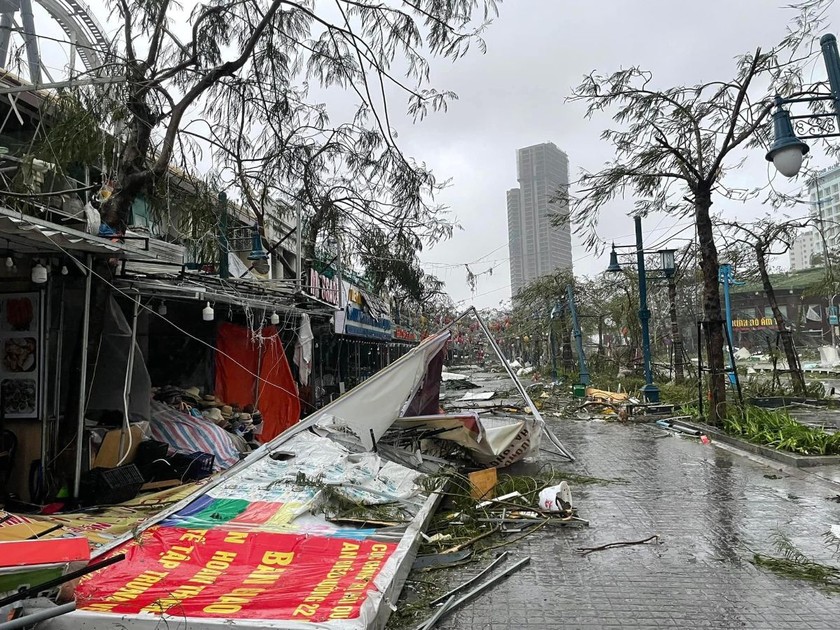 |
Typhoon Yagi caused heavy damage to tourism. (Photo: crystalbay.com) |
Typically in Sa Pa, tourist attractions such as Sun World Fansipan Legend, Silver Waterfall and Ta Phin Valley have reopened since mid-September. The local Department of Tourism has proactively researched and developed volunteer tourism products, encouraging tourists to participate in supporting villages affected by natural disasters. This is a form of tourism that combines experience and social contribution, helping to improve the lives of local people and rebuild after disasters.
Ha Long City, Quang Ninh, is also restoring cruise ships and famous attractions such as Dau Go Cave, Thien Cung Cave, and Sung Sot Cave. Despite many difficulties in repairing sunken ships, businesses in Ha Long have quickly overcome most of the damage and are ready to welcome tourists back. Tourism cooperatives such as Van Chai have also proposed applying digital technology to improve business operations.
Online booking applications and virtual reality (VR) technology are being deployed to attract international customers and expand the tourism market. Quang Ninh still maintains its target of welcoming 19 million tourists in 2024, with an expectation of tourism revenue of VND46,460 billion. Business support measures such as reducing interest rates, electricity and water prices and service taxes are being implemented to help businesses overcome difficulties.
 |
Sustainable thinking for the long haul
Typhoon Yagi is a “wake-up call” for the tourism industry to prepare for future natural disasters. Although the weather has gradually stabilized and tourism activities have recovered, the tourism industry in the North still faces many challenges. Areas heavily affected by storms and floods such as high mountains and riverbanks still have the potential risk of landslides, making tourists hesitant.
This “new normal” means that tourism must not only focus on recovery but also adapt to changes in the way it is managed and organized, especially in response to climate change. This is a challenge, but the Northern Tourism industry can also take advantage of this opportunity to improve infrastructure and tourism services in a sustainable, environmentally friendly way, creating more attractive destinations. Lessons from Typhoon Yagi also emphasize the importance of cooperation between the government, businesses and people in rebuilding life.
Not only a problem in the North, climate change has been causing many major challenges for the entire Vietnamese tourism industry in recent years. With a coastline of more than 3,200km, coastal destinations such as Nha Trang, Phu Quoc, Da Nang... are often heavily affected by rising sea levels, storms and floods. Tropical storms occur more frequently, causing damage to tourism infrastructure, destroying beaches, and disrupting tourism businesses.
In mountainous destinations such as Sa Pa, Ha Giang and Da Lat, flash floods and landslides are becoming more frequent. Rising temperatures are changing ecosystems and the natural environment, affecting ecotourism activities that are the highlight of these localities. Failure to respond promptly to these challenges can have serious consequences, from a decline in service quality, economic losses for travel businesses, to a decrease in the number of tourists coming to Vietnam.
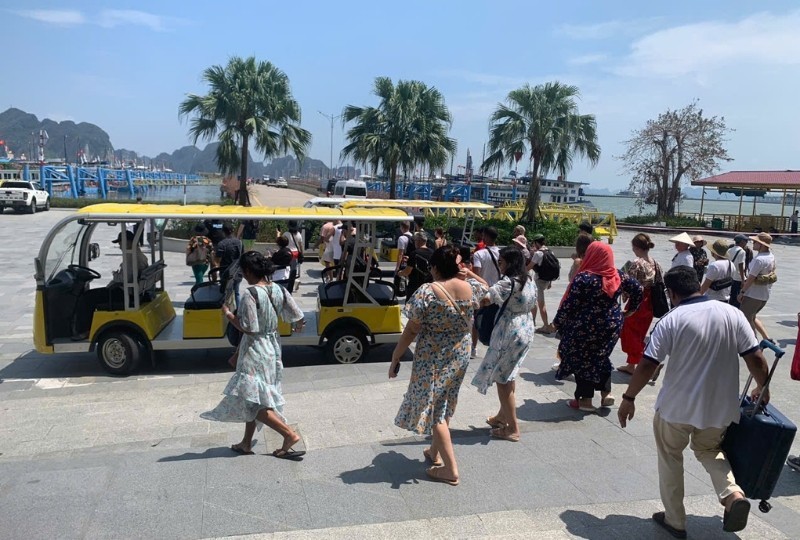 |
Many tourist destinations in the North welcome visitors again after the storm. (Photo: Investment Newspaper) |
Environmental protection and sustainable development in tourism are currently strategic and inevitable trends, aiming to minimize the negative impacts of the tourism industry. Typically, eco-tourism areas such as Cat Ba, Phong Nha - Ke Bang, Cuc Phuong have been implementing environmentally friendly tourism models, helping visitors experience nature in a sustainable way and be more aware of environmental protection. In addition, many tourist areas have focused on developing nature-based tourism products, such as trekking, camping, kayaking tours with measures to reduce waste and use renewable energy.
The use of early warning systems for natural disasters, weather forecasting, and risk management has been deployed in many tourist areas to minimize damage. For example, some coastal resorts in Da Nang and Nha Trang have set up flood and storm warning systems to ensure the safety of visitors and staff.
Energy-saving measures and the use of renewable energy are also encouraged in accommodation and tourism services. Many hotels and resorts in Phu Quoc, Quy Nhon, and Ha Long have begun to switch to solar energy and modern wastewater management systems to minimize environmental impact.
Many UNESCO-recognized natural and cultural heritage destinations, such as Ha Long Bay, Trang An and Hoi An, are also implementing environmental protection and restoration measures to ensure the long-term survival of these heritages in the context of climate change, such as reducing plastic waste, protecting marine ecosystems, and raising public awareness.
Source: https://baophapluat.vn/bai-hoc-tai-thiet-ben-vung-cho-nganh-du-lich-post526908.html



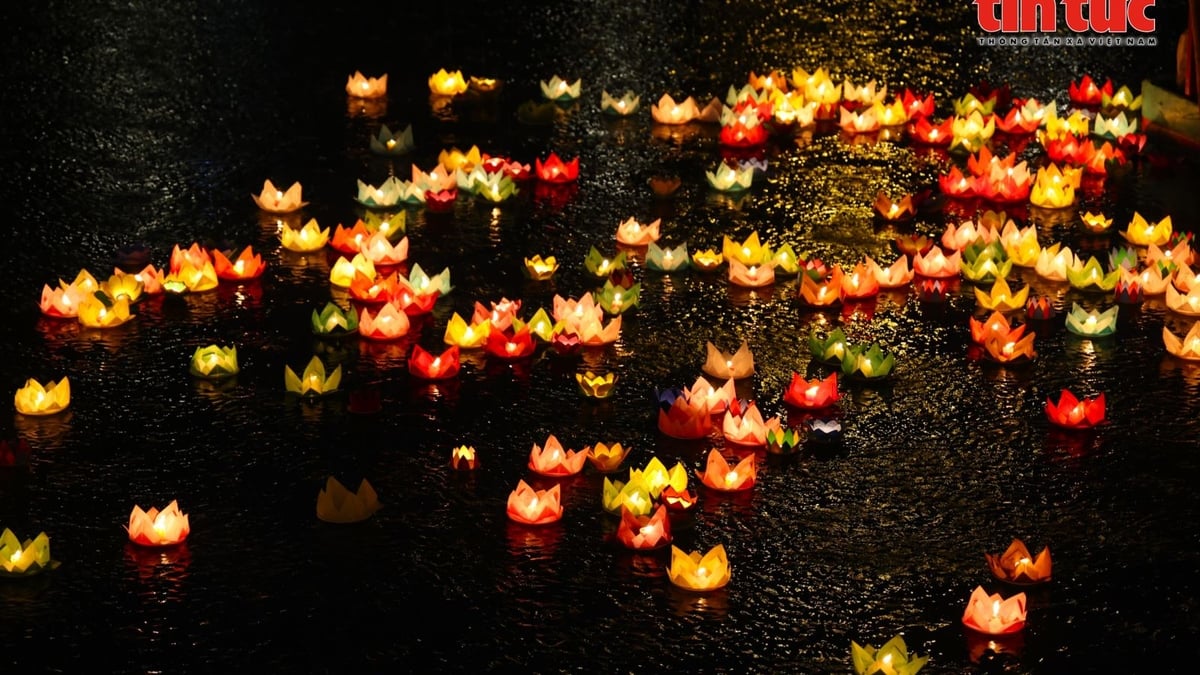

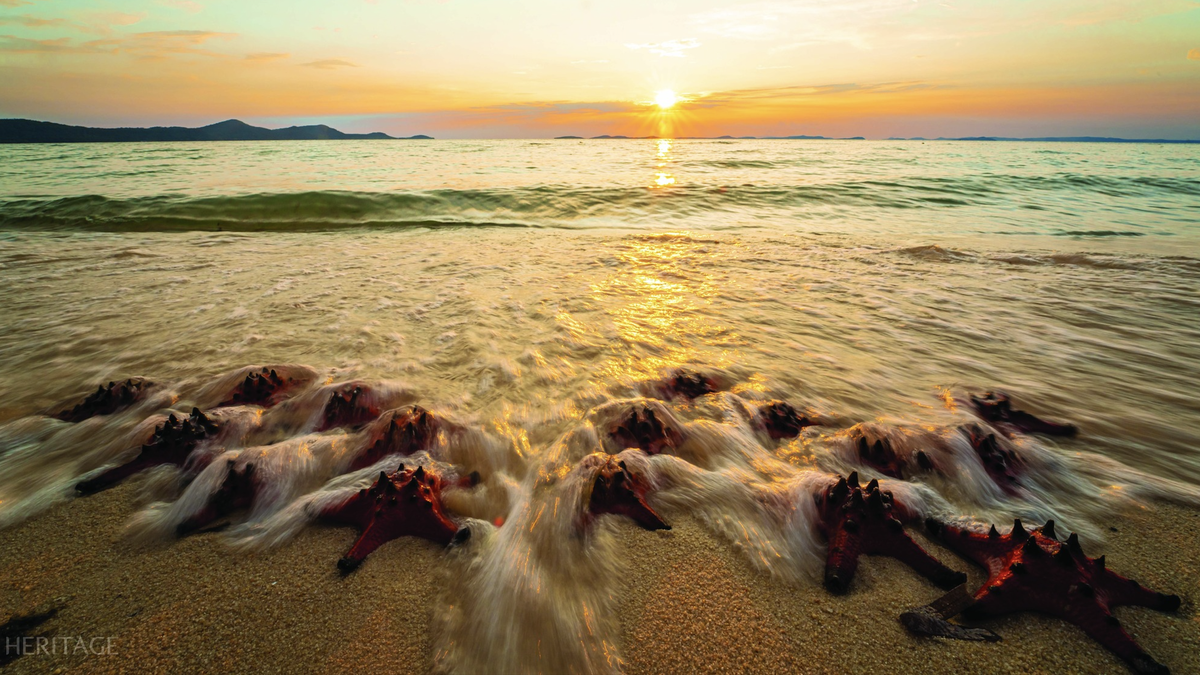


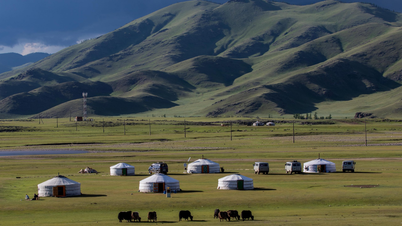




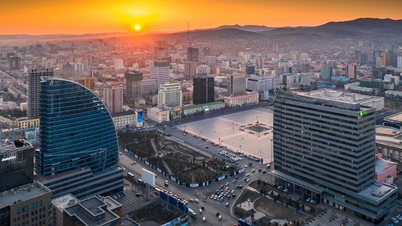
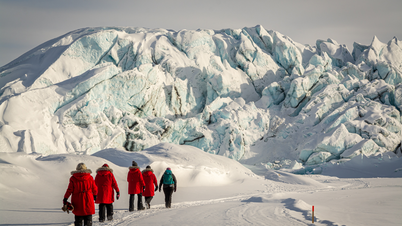



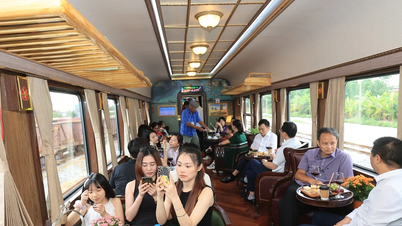
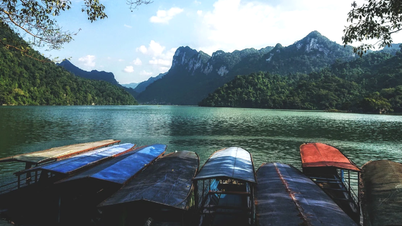
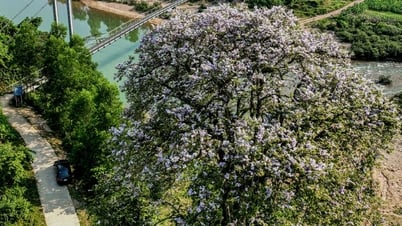




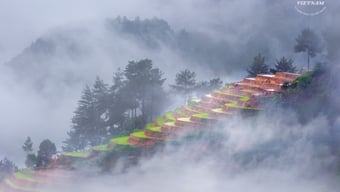
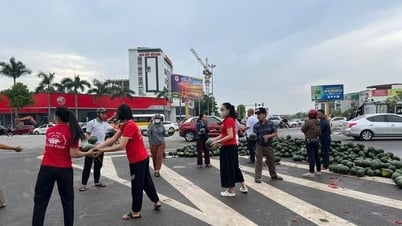
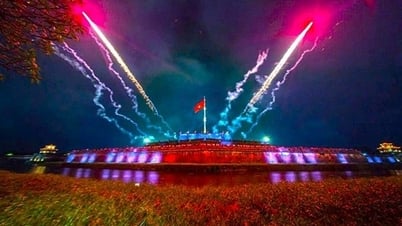

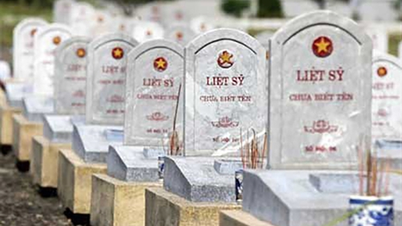
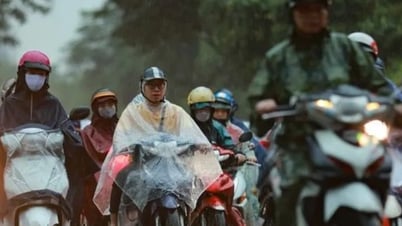

![[Photo] General Secretary To Lam meets with Chairman of the Federation Council, Parliament of the Russian Federation](https://vphoto.vietnam.vn/thumb/1200x675/vietnam/resource/IMAGE/2025/5/10/2c37f1980bdc48c4a04ca24b5f544b33)
![[Photo] Ho Chi Minh City: Many people release flower lanterns to celebrate Buddha's Birthday](https://vphoto.vietnam.vn/thumb/1200x675/vietnam/resource/IMAGE/2025/5/10/5d57dc648c0f46ffa3b22a3e6e3eac3e)
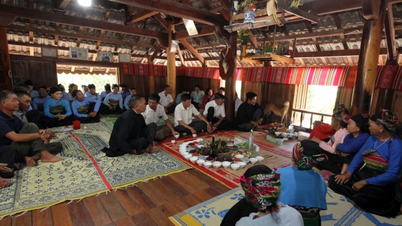



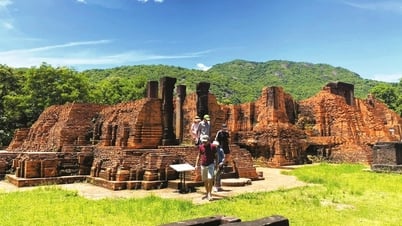




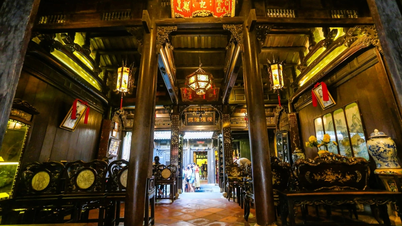










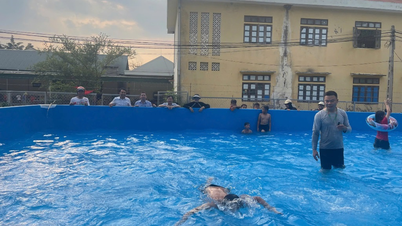





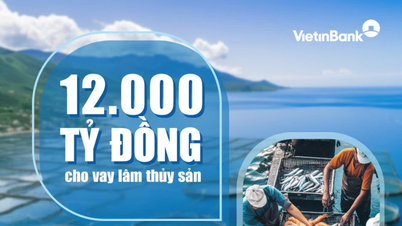

















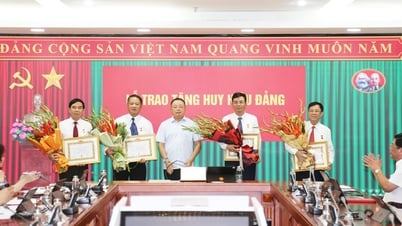



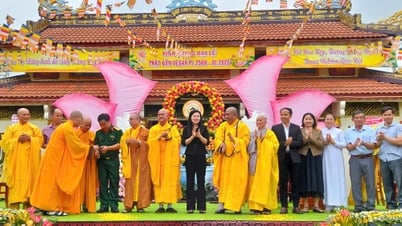

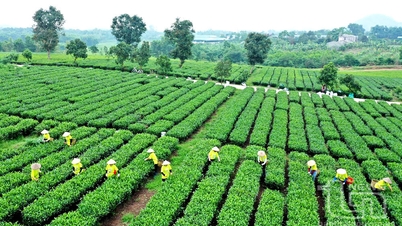



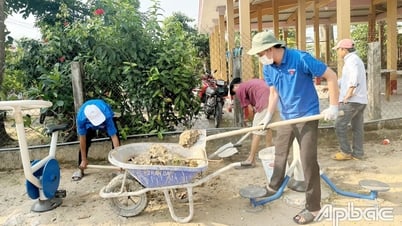

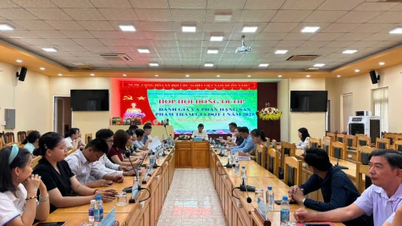




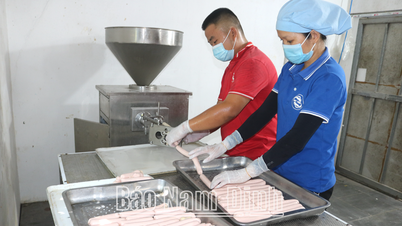





Comment (0)